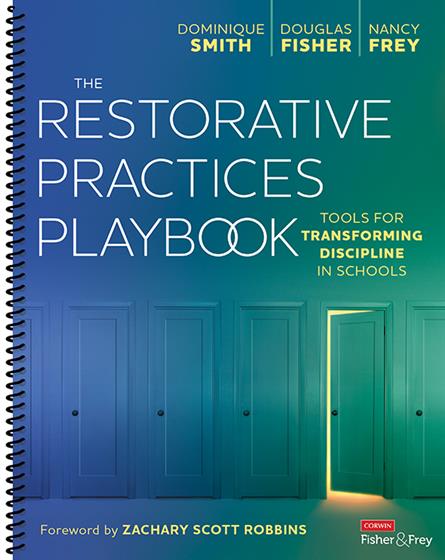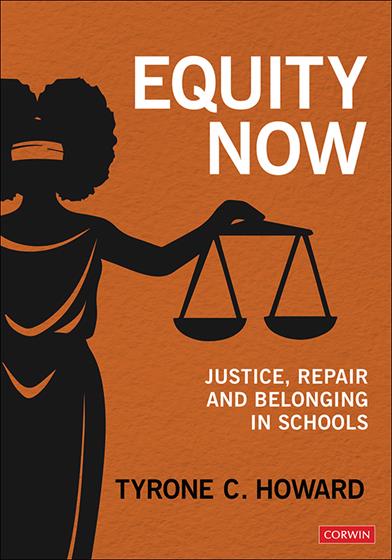Improving Relationships and Student Outcomes Through Restorative Practices
By Malinda L. Forsberg, MS, and Melinda M. Leko, PhD
Intervention in School and Clinic; 2022; Volume 58, Issue 1
What do you know about restorative justice? Are you familiar with its basic principles? This review of literature offers exercises and resources to educators looking to implement restorative practices in their classrooms, especially for students with mild to severe emotional or behavioral disorders (EBDs).
Approximately one in every five students is identified with an EBD, a group of disabilities that can be characterized by the impact they have on the student’s ability to form healthy relationships with others. Forming healthy relationships with peers and teachers is critical for the success of all students, but it is especially critical for children with mild to severe EBDs. In this paper, researchers introduce evidence-based restorative practices that foster prosocial skills and give teachers and principals inclusive strategies for responding to harmful classroom behaviors.
Because they sense how their peers and teachers perceive them, and because the quality of teacher-student relationships has a significant impact on a student’s ability to adapt to school, it is critical that educators strive to establish positive relationships with these students as early as possible. Using circle processes, employing accessibility strategies, and offering accommodations for children with IEPs can lead to increased attendance, decreased negative behavior and referrals, and improved problem-solving skills.
Related Titles
Resources
Free resources for implementing restorative practices are available from many websites, but this article makes specific mention of two:
- Living Justice Press - opens in a new tab offers free handbooks, guidelines, handouts, and poster materials for circle processes.
- Sound Supports - opens in a new tab curates a list of restorative justice resources that include practice cards, checklists, slideshows, how-to guides, and more.
Reflection Questions and Next Steps
A 2013 study found that “the perception of principals’ expectations was the only significant predictor of educators’ behavior toward students with challenging behaviors." What steps have you taken as a school leader to encourage the use of restorative practices in your school? What resources do you need to begin?
Typical responses to EBDs are punitive and have been shown to harm student outcomes, especially for children of color. Do you have data on students with EBDs that is disaggregated by race and gender? What processes featured in this article would be most useful for those students?
If you already use circle processes in your school or classroom, what accommodations have you made for students with IEPs? Do you have access to the tools you need to make these circles accessible to everyone? Are there resource teachers or therapists who could help you access such tools?
Review the various circle processes described in the “Developing a School-Wide Restorative Community” section. Which of these would be most helpful in your classroom? Which would you most like to implement? Which would require additional supports? Review some of the free resources linked in this article and see if they give you the guidance you need to begin including restorative circles in your classroom.


